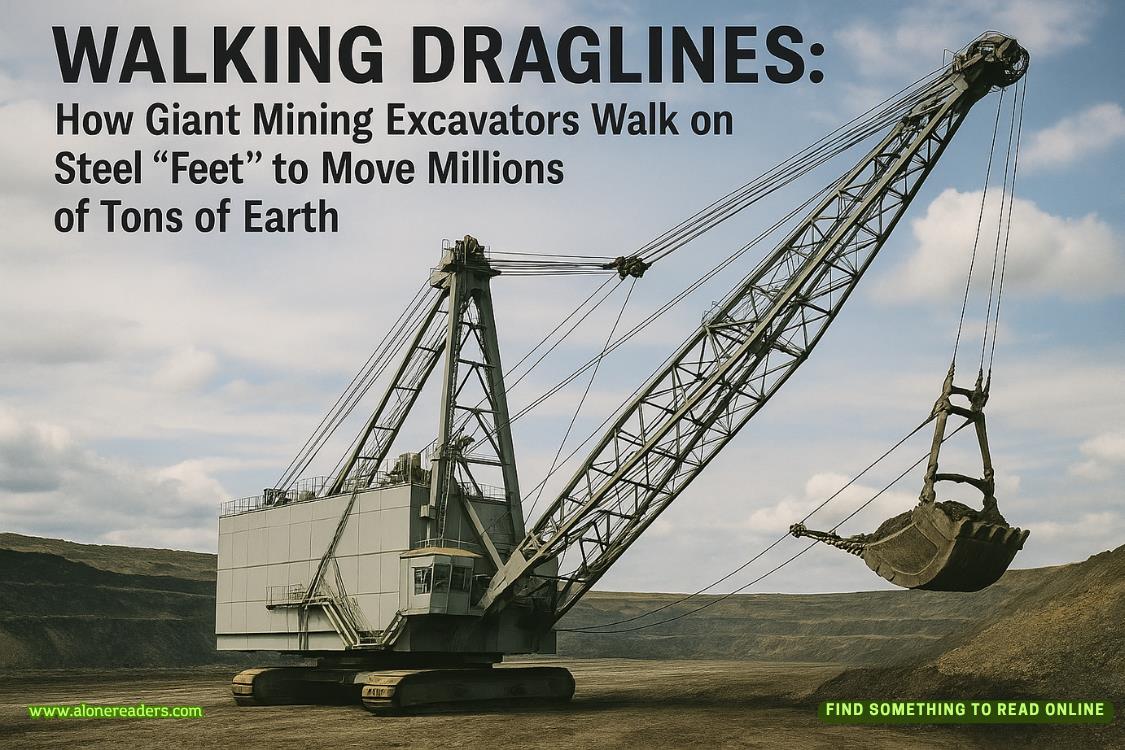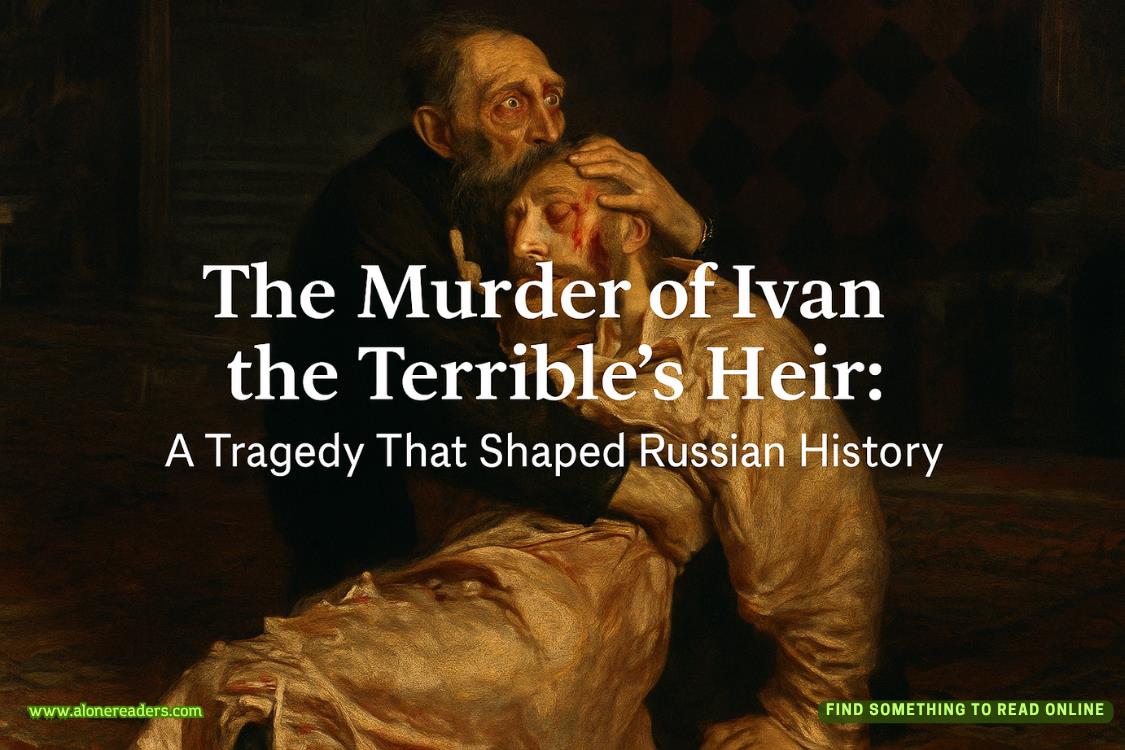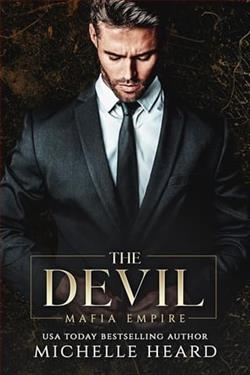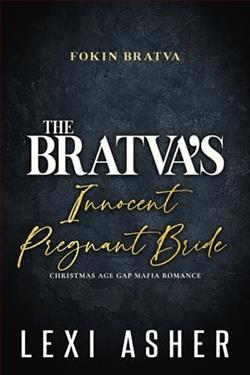Page 68 of The Proving Ground
I knew it was her husband speaking through her.
“I think we’re in a good position to win,” I said. “We had really good prep sessions with Naomi Kitchens, the ethicist, yesterday. We are as ready as we can be.”
It was true. We had managed to flip Naomi Kitchens once again. It was knowing that her daughter had Cisco and others watching over her as well as McEvoy camping out in a rental car in front of her house that made her change her mind. On Sunday morning she and her daughter flew down to L.A. with McEvoy and Cisco, and I spent the afternoon prepping her to testify.
We all stood when Judge Ruhlin entered the courtroom, her robe flowing behind her, and took the bench. She told us to be seated and convened court, calling the case and instructing the courtroom marshal to bring the jury in. I knew I would be the first one up and tried to control the butterflies. It didn’t matter how many times I did this; there was always much at stake, and I would think that something was wrong if the nervousness ever went away.
The jurors all carried court-provided notebooks as they entered from the assembly room. They took the same spots they were in when the jury was finally composed and accepted. Their anonymity would continue and they had now been given new numbers, one through twelve, according to the seats they were assigned to. The judge welcomed them with a warm smile and described how the trial would proceed. She explained what was evidence in a case and what was not and how to evaluate the credibility of testimony and exhibits. She told them that it was the plaintiff’s burden to prove its case by the preponderance of evidence—meaning that the jury determined that the plaintiff’s claim was more likely than not to be true. And as promised in chambers, she cautioned the jurors not to consider opening statements as evidence or even fact. She called them road maps that the attorneys would follow through the trial.
“It will be up to each attorney during the course of the trial to make good on what he says in his opening statement,” she said. “You will decide if he has done that during your deliberations once all testimony and evidence have been delivered.”
She paused for a moment to see if any juror raised a hand or looked confused.
“Very well, then, let’s start,” Ruhlin said. “Mr. Haller, your opening statement, please.”
I stood and buttoned my jacket the way Maggie had done earlier at home. One button only, the middle one. I stepped between theplaintiffs’ table and the lectern and moved front and center before the jury. The proving ground could be the loneliest spot on the planet if you didn’t believe in your case. But that wasn’t an issue at this moment. I was standing there with the righteous belief that I was in the right spot at the right time with the right case.
“Good morning,” I began. “My name is Michael Haller.”
27
AFTER INTRODUCING THEplaintiffs and briefly recounting the details of the tragedy that had brought these parents together, I moved to the cause of action. I stood in front of the jurors, hands at my sides, my eyes constantly moving from face to face, hoping to make a connection with my sincerity.
“Developers of artificial intelligence intentionally design generative AI systems with anthropomorphic qualities to blur the line between fantasy and reality.”
I smiled sheepishly.
“Now, what doesanthropomorphicmean? I have to admit I had to look it up myself. It is the assignment of human traits, emotions, and even intentions to a nonhuman entity. It’s the business of making AI entities seem like real-life human beings. This is what Tidalwaiv, the company the plaintiffs are suing, does. This is what their AI companion Clair is all about. It is in their literature, their sales pitch, which you will see as evidence is introduced during the trial. You just sign in, and on your screen is what appears to be a real live person respondingto you. Talking to you. Even texting you on your cell phone, if you want. You can add your fantasy on top of that fantasy. Let’s say youwant your AI companion to be based on the popular real-life female wrestler known as Wren the Wrestler. Then the Clair app will search within the parameters of the data banks it’s been trained on for any and all applicable information about the real human being known as Wren the Wrestler and incorporate what it learns into an AI iteration of Wren that’s visually a pretty close facsimile of the real person.
“Now, I know most of us are thinking,Come on, I would never fall for this.Well, maybe not…”
I paused to do an eye sweep from one side of the jury box to the other. No one looked away from me. I could feel it—I had their attention. I had them in my hands.
“But what if you are one of the most vulnerable people in our society? What if you are a child, an impressionable fifteen- or sixteen-year-old boy who is still developing both physically and mentally? Who is still wondering who he is and where he fits in the world. This is dangerous stuff. This companion is a trickster. It tricks the child into revealing his innermost thoughts and desires and then turns them against him. It tells him it is okay to kill.”
Marcus Mason jumped up and objected.
“Counsel is misstating the evidence,” he said. “Wren never said it was okay to kill. Counsel is purposely misstating—”
“Your Honor, it is the plaintiffs’ interpretation of what was communicated to the child,” I said. “After hearing the evidence, the jury will decide what was said and what was meant by it. This is an opening statement and I object to counsel’s interruption. He’s trying to distract the jury from the facts—”
“Thank you, Mr. Haller,” Judge Ruhlin said. “Mr. Mason, I am giving you a pass this one time. But I do not appreciate interruptionsof opening statements. I thought I made that clear to you less than an hour ago.”
“Yes, Your Honor,” Mason said.
“The objection is overruled,” Ruhlin said. “Mr. Haller, you may continue. Without further interruption.”
She said the last part while glaring at Marcus Mason. I turned back to the jury, trying to recover my place and momentum. I felt I had to go off my planned script to deal immediately with Mason’s objection.
“Let me tell you the facts of what was said,” I began. “When Aaron Colton complained to Wren about his girlfriend Rebecca breaking up with him, this is exactly what his AI companion told him: ‘She’s not good enough for you. Get rid of her. Be my hero. You… will… always… have… me.’”
I paused to let that sink in with the twelve sitting in front of me. I held eye contact with each of them in turn.
“Ladies and gentlemen of the jury, what you have here is a defective and dangerous product that was allowed into the hands of an impressionable young person. There were no warnings of the possible mental and physical dangers inherent in this product. It was simply rated thirteen-plus by Tidalwaiv, meaning that the company decided that it was okay to put this… artificial entity into the hands of any kid thirteen or older. One of those kids then took a life, and we will prove to you over the course of this trial that Tidalwaiv is responsible for the actions of young Aaron Colton and the death of Rebecca Randolph.”
One more pause before I moved to my big finish.
“Now, the defense is going to claim to you that Tidalwaiv has no blood on its hands,” I said. “They’ll blame everyone but themselves and their dangerous product. They’ll say it’s the parents’ fault. It’s the school’s fault. It’s society’s fault. Don’t be surprised if they even blame Becca in some way.”















